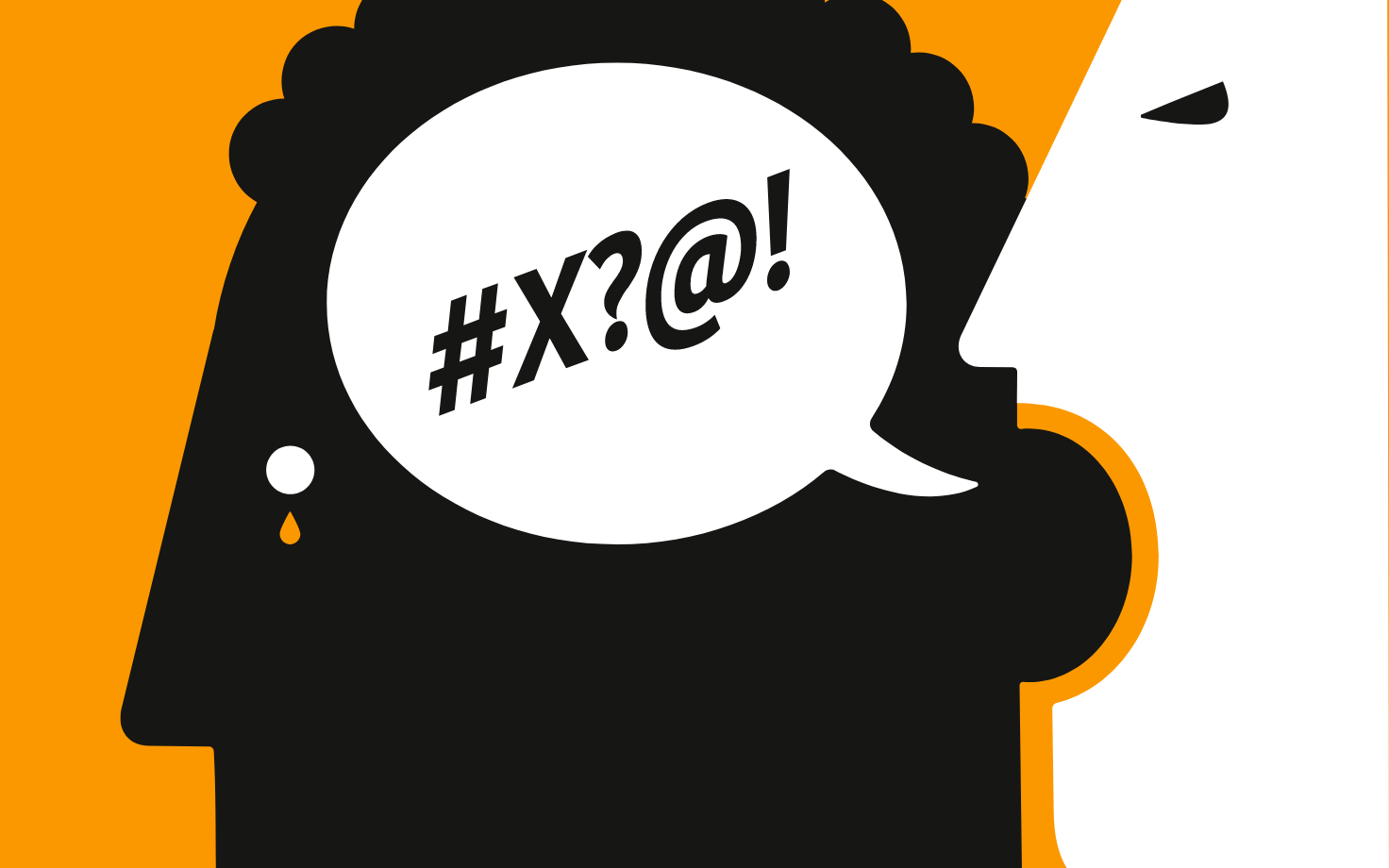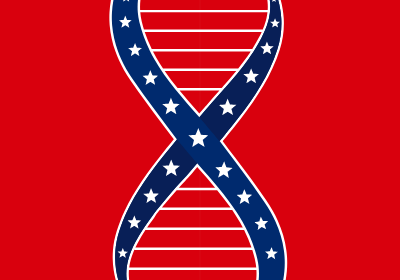Suicide rates among Black youth have been rising for decades, but they have seldom been a primary focus of research. That’s an oversight whose consequences Jocelyn Meza, a licensed clinician who works with suicidal children, has witnessed firsthand.
“We’ve had so many teens tell us, for example, that they have experienced a lot of discrimination,” Meza said. “And those experiences of discrimination make them feel like they don’t belong in the world.”
Meza has teamed up with Adrian Flores, who specializes in gender and women’s studies, for a yearlong study that probes a dispiriting hypothesis: that racial bias damages young people and further racial bias has clouded research into the problem. Their work, titled “The Racial Violence of Suicide: Decolonizing Suicide Prevention for Black Youth,” was launched last fall.
They approach those questions from their own backgrounds. Flores holds a doctorate in gender and women’s studies and has an Emerging Voices Fellowship with the American Council of Learned Societies. Meza actively works with suicidal youth at the Ronald Reagan UCLA Medical Center. She’s also an assistant professor in the Department of Psychiatry and Biobehavioral Sciences.
Meza has been researching suicide prevention since 2012 and has worked with suicidal children and adolescents, often in emergency rooms, for six years. She sees many teenagers, but some of the patients in her clinic are as young as 8 years old.
Unlike Meza, Flores doesn’t have a background in psychology or psychiatry. For the past nine years, he has studied psychoanalytic theory, literature and philosophy to examine how suicide has been understood in Western society. To their collaboration, he brings deep research into the nature and history of suicide.
The pair met at a postdoctoral fellowship retreat last year, and they discovered that their respective areas of research could intersect when it comes to addressing the issue of suicide among Black youth.
Their study aims to challenge modern treatments that ignore the intersection of race and childhood despair, and to unravel a historic negligence in the way suicide among Black youth has been reported and understood.
The most disturbing trend, cited in their abstract, suggests that suicide rates are two times higher among Black children, from ages 5 to 12, than their White counterparts. Another striking finding: Boys accounted for more of these deaths than girls, according to the same study, led by one of Meza’s mentors, Arielle Sheftall.
Meza and Flores seek explanations for alarming statistics like these and explore whether they have been shrouded all along beneath biased data collection.
Bias and “suicide”
The term “suicide” was coined in the 1600s in England. Flores argues that its meaning has been racialized “from the get-go.” Its original application suggested that self-inflicted deaths were of two types, and that those types reflected a way to “delineate the difference between the civilized and the primitive…the civilized and the uncivilized.”
In that conception, only “civilized” people were granted the sophistication — or the humanity — to consider ending their own lives. Black people, by contrast, were seen as lacking the capacity to commit suicide, Flores said, though plenty of evidence makes clear that they did just that.
Those assumptions continue to haunt research in this area.
“People tend to think that people of color have a lower rate of suicide, Black people specifically,” Flores said. “We see those legacies still being played out—even in the study and how statistics are being gathered.”
Suicide ideation among young children is also an area that isn’t well understood. In fact, Flores said, it’s even been thought of as “absurd.” When you add the variable of race, or the consideration of Black children, far less is known.
The result, he said, is that current suicide statistics may not accurately depict the suicide crisis among Black children. He says that coroners, for instance, may treat drug overdoses by White children as evidence of suicide while regarding similar circumstances for Black children as accidents. He says implicit bias may be to blame.
Deaths can be misclassified if the teenager or child did not have a prior mental health diagnosis that can be accessed in a medical chart, or otherwise documented. Unless there is a suicide note, deaths are often classified as “other,” Meza said.
That carries over into the way doctors and others respond. According to Meza, 11 treatments for suicidal patients have been tested in the past 60 to 80 years. Out of those, just one addresses race. The majority, she said, were developed and tested on patients from White, middle-class homes.
“That’s another significant barrier that I think has not been addressed: How do we actually integrate ways of coping with or resisting racism into our treatments?” Meza said.
Categorizing young deaths
Young patients often first present their troubles to a doctor in an emergency room. For many, even those who arrive in great distress, the process consists of completing a brief safety plan and then being discharged.
“Then once they go back into the community,” Meza said, “they don’t get that continued follow-up care because they fall through the cracks.”
In part, that reflects a cultural unwillingness to confront the toll that emotional stress can exact, even on young children.
Meza said the No. 1 roadblock to helping young people in Black communities is the lack of validation of their own despair. Many children who come from historically marginalized communities do not have a lot of the vocabulary to talk about mental health, she said.
“A lot of youth don’t necessarily see their struggles as a problem. Especially if they’ve seen their parents struggle, and their parents never received care,” she said. “There’s a lot of stigma that gets in the way of them recognizing that their struggles are valid, and that they need help.”
The second biggest barrier comes after the decision to seek help. Children of low-income households, particularly with some family members who may be in the country illegally, come up against difficulties immediately: How will they get rides to a local clinic? Who will pay for their care? Are they willing to confide in doctors they have never met and may not trust?
“Generally, there’s a lot of mistrust in the medical field because of how a lot of Black families have been treated in medical settings — mistreated, I should say,” Meza said.
One promising therapy for children and adolescents is known as dialectical behavior therapy, or DBT. Meza is trained in this therapy, which involves months of treatment for both the child and his or her family. The good news is there is enough evidence to show that it is effective, Meza said. The bad news is that DBT is expensive and time-consuming — patients typically require at least four hours a week for six months. On top of that, there are only a handful of clinics in California that offer DBT.
Treatment is hard to get partly because many doctors and clinics are reluctant to engage with emotionally troubled children. “A lot of clinicians are so afraid to treat suicide,” Meza said. “For example, if you’re working with a 15-year-old and the kid is telling you, you know, that they’re highly suicidal and that they have a plan and you don’t do anything to protect them? Yeah, of course you’re liable, especially if you don’t report it to the parents.”
From research to action
The observations underscored by Meza and Flores, even in the preliminary phase of research, already pull the curtain back on disparities that are keeping swaths of Black children suspended in hopelessness — undiagnosed, or diagnosed but unable to access care. In the worst cases, those disparities can be fatal.
Meza and Flores hope that research can point to treatment options that address race while also purging existing treatments of racial bias.
Unwilling to wait for that day, they are already exploring ideas for raising awareness of these problems and targeting institutions that may help save the lives of young Black children. They are reaching out to institutions such as Black churches, for instance, because they are local fixtures and trusted within their communities. To them, the message is that racial bias is harming young people and that thoughts of suicide can begin far earlier than many people suspected.
Suicide ideation can begin in children who are as young as 5 years old, around the time they begin to grasp the finality of death. The ages 14 to 24 are still considered to be the highest risk period for suicide attempts. But Meza said she’s now seeing increases in suicide attempts in children under 13 years old.
As younger and younger children can access the world through computers and cellphones, the risks are expected to grow. “They’re getting these active messages from social media, from what they see on TV—that they don’t matter, that their lives don’t matter,” Meza said.
Hatred finds its way into those young lives, and history suggests that it will do its damage once it does. For these researchers, the hope is that new study and attention will alert adults — social workers, doctors, educators, pastors and, of course, parents — to cast aside old assumptions and respond with the care these children need to save their lives.

























